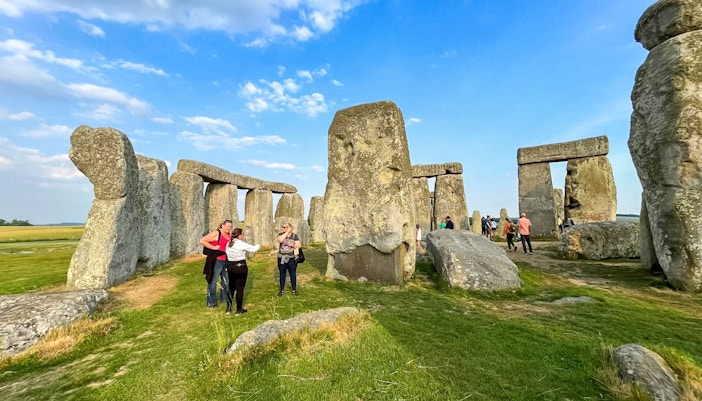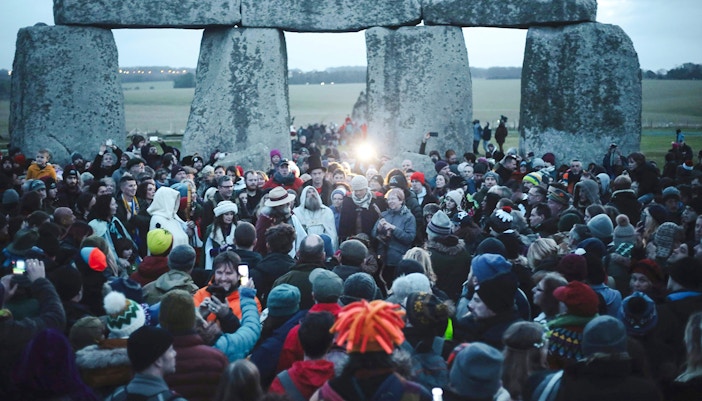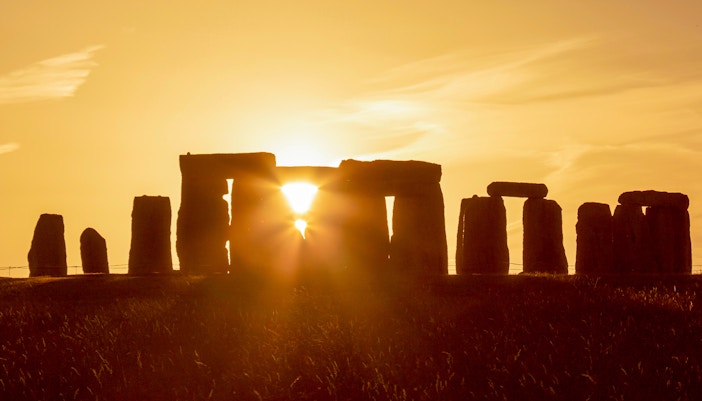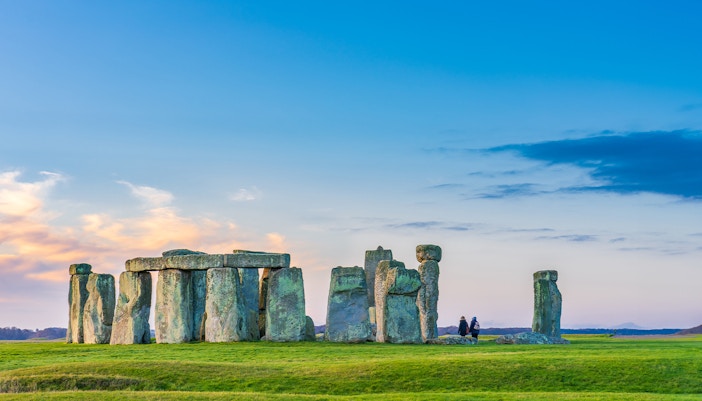Thousands of years before any stones appeared, early hunter-gatherers placed large wooden posts at the site. These ancient postholes reveal that Stonehenge’s landscape was already marked as meaningful, possibly for rituals, territory, or seasonal gathering points.
History of Stonehenge explained
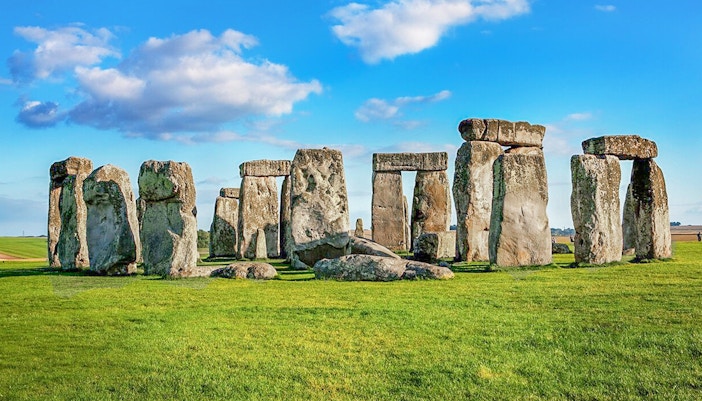
8500–7000 BCE
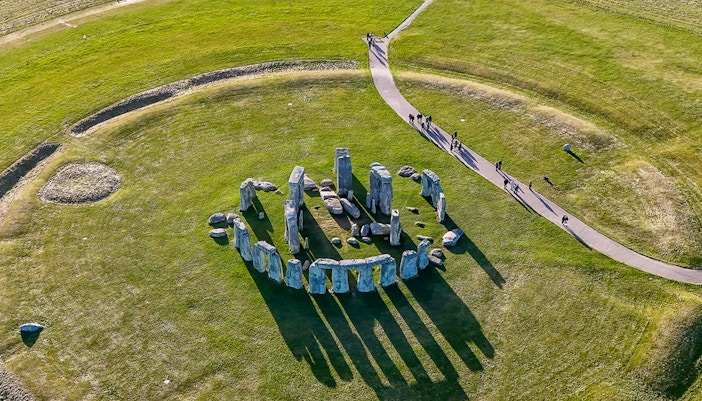
3100 BCE
The first true structure at Stonehenge was a massive earthwork henge, shaped as a circular ditch with an inner bank. Though no stones stood yet, this Neolithic enclosure likely served ceremonial and seasonal functions, rooted in both community life and ritual.
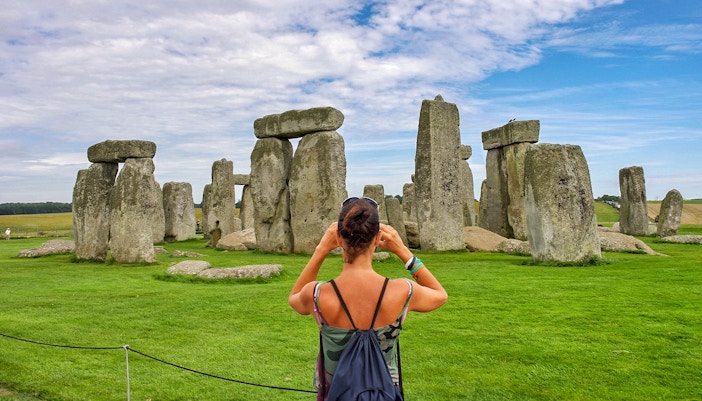
3000–2500 BCE
Bluestones were brought from the Preseli Hills in Wales, over 200 kilometers away, and arranged at the site. At the same time, Stonehenge became a large cremation cemetery, suggesting deep religious or ancestral significance beyond just the monument’s architecture.
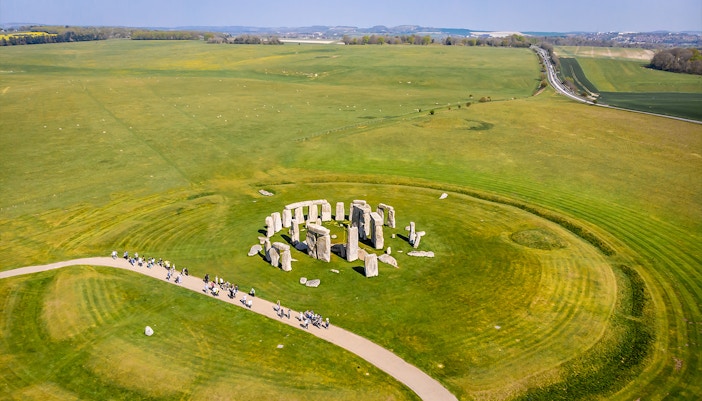
2600–2400 BCE
Builders raised huge sarsen stones from the Marlborough Downs and arranged them in the iconic horseshoe and circle formations. These carefully shaped stones align with the midsummer sunrise, transforming Stonehenge into a space of precision, symbolism, and shared spiritual meaning.
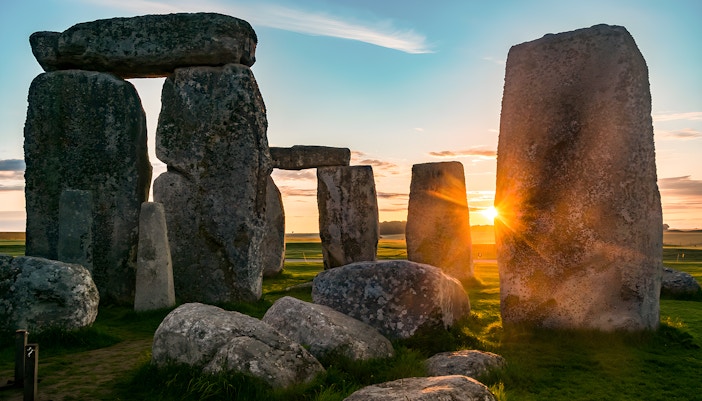
2030–1520 BCE
The final construction phase added two rings of mysterious pits known as the Y and Z holes. Though the exact purpose is unknown, these features hint at evolving ceremonial roles, just before the monument fell into long-term decline and silence.
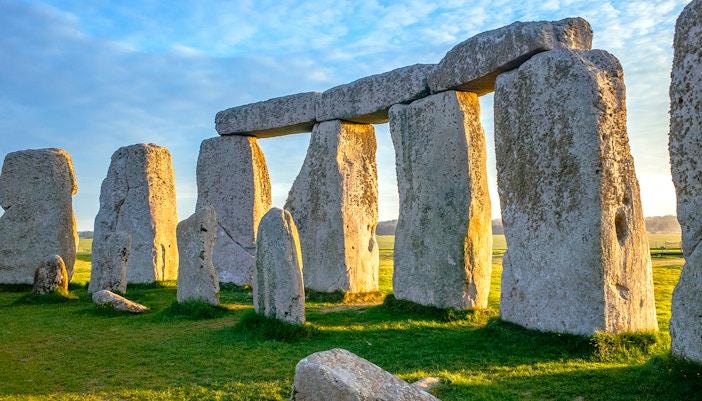
800–1200 CE
Centuries after its original use, Stonehenge became woven into British legend. Writers imagined Merlin moving the stones by magic, linking the monument to ancient kings and giants. These medieval myths helped preserve Stonehenge in cultural memory and folklore.
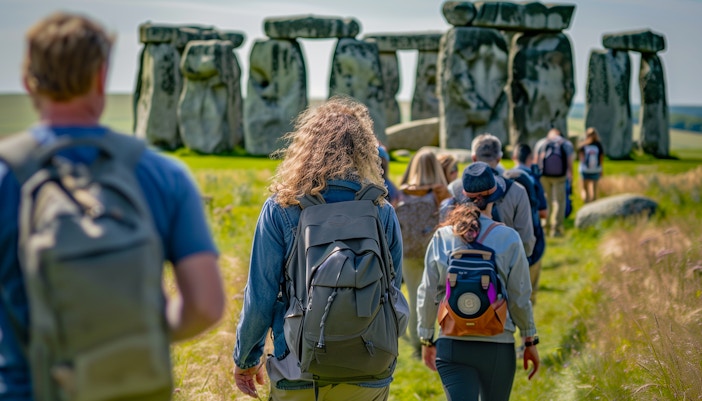
1666 CE
Antiquarian John Aubrey surveyed Stonehenge and proposed it was a Druid temple. Though his ideas were off the mark, his documentation marked the start of archaeological curiosity, encouraging future generations to study and protect the site with growing care.
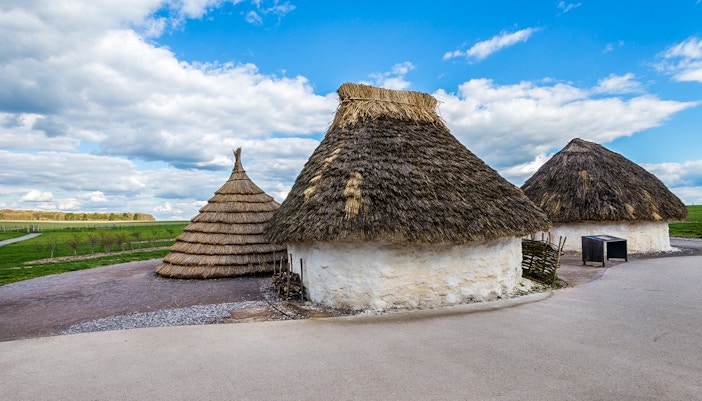
1986 CE
Stonehenge and its surrounding landscape were named a UNESCO World Heritage Site. This status safeguarded its environment, encouraged ongoing research, and officially recognized its value as one of the world’s most significant prehistoric cultural landscapes.
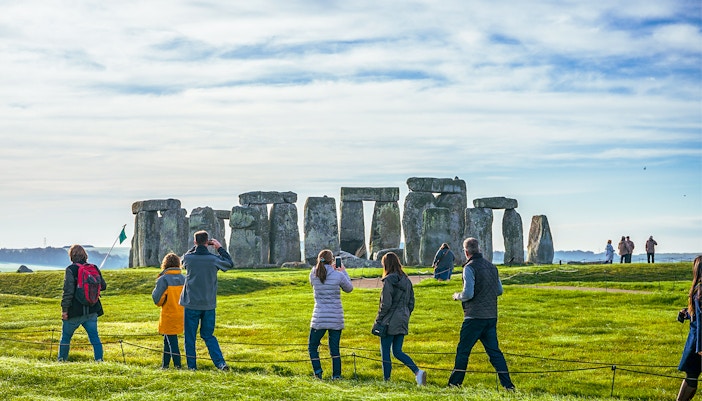
2000s–Present
Stonehenge remains a place of wonder and connection. Managed by English Heritage, it welcomes archaeologists, history lovers, and spiritual communities. Solstice celebrations continue, while new research projects uncover deeper layers of its past hidden beneath the soil.
